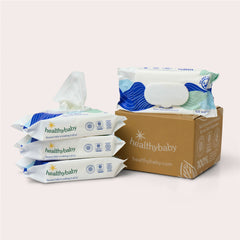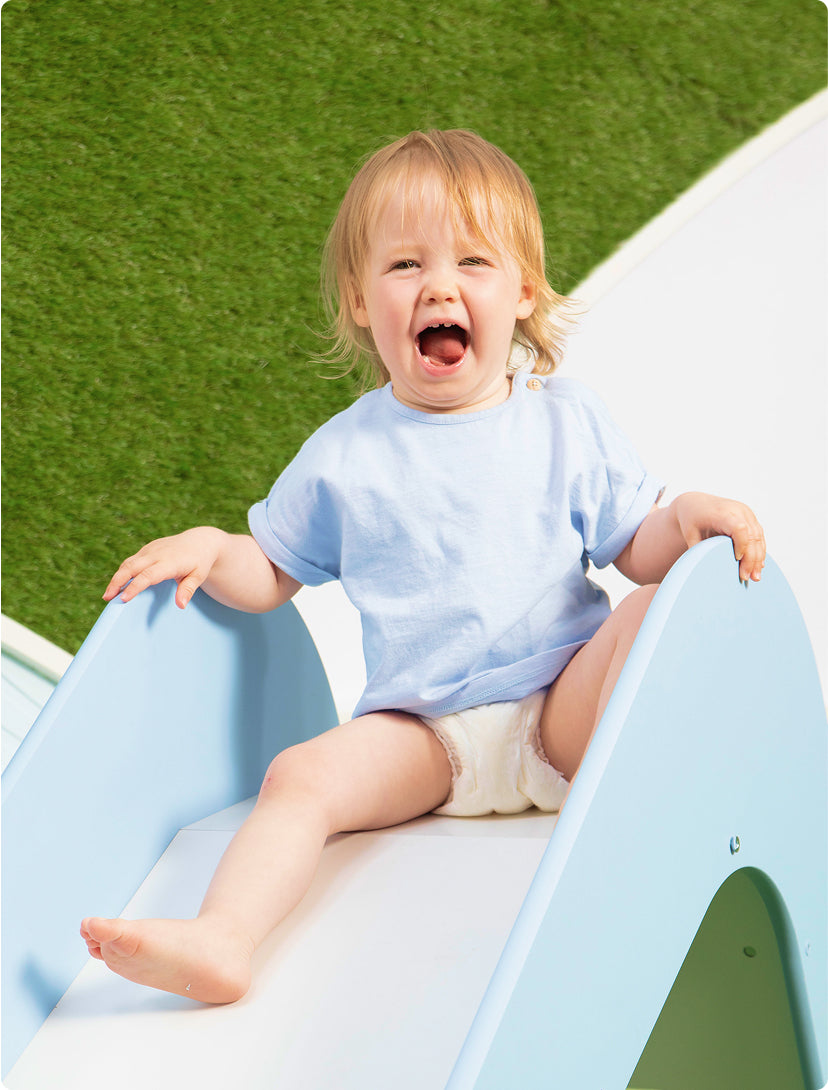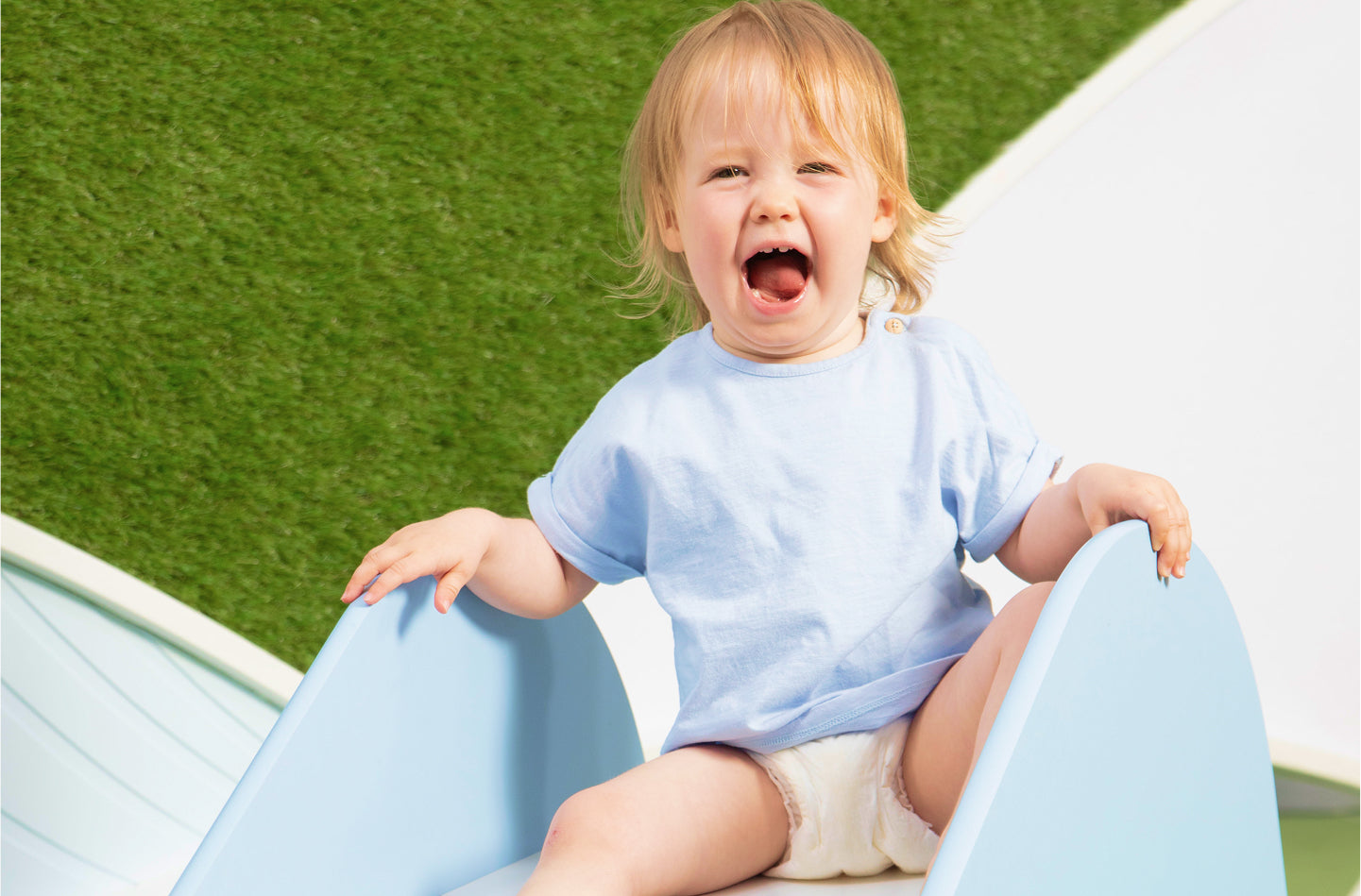Development isn’t a race. It’s a flow.
Every child—and parent—is figuring it out at their own pace.
Instead of milestones, we encourage you to focus on this amazing moment.
Your child’s brain makes more than one million neural connections per second in these first three years. Simple, consistent interactions with them today can have profound, lifelong benefits.
Here’s how little one’s brain is developing this month, and how you can support their progress.
Developmental Highlight
Storytelling, which we first explored in month 20, is a fundamental part of what makes us human. It’s how we communicate, connect, and survive all the trials life throws at us. The most basic story has a beginning, middle, and end.
Right now, little one’s making sense of the middle part that represents the transition between “Now and Then” and “Before and After.” This is where little one develops delayed gratification, a quality that will improve their patience and diligence as they attempt increasingly challenging tasks.
A growth mindset is crucial to developing delayed gratification and something for you to keep in mind, too. (Revisit month 25, if you need a refresher.) This middle part can feel like the murkiest part of the story, but every day you and little one are making progress.
Brain-Building Activity
Beginning-Middle-End Mapping
Routine: Anytime
Everything you know about the flow of time had to be learned. To make this concept less abstract, break out the art supplies and help little one visualize it, just as you did in month 27. If you kept the paper with boxes for Now/Before and Then/After, you can re-use it. Gather three objects and practice counting them with little one. This sets the stage for a three-part story.
-
Talk little one through this sequence of events, one box at a time, emphasizing the Beginning, then the Middle, then the End. “Then” is the transition between each part of the story. As little one gets more comfortable with transitions, they’re less likely to throw tantrums or resist changes between activities.
-
Review the map with little one at the end of the day, and see if they can tell you the basic story. The skill of storytelling is a big developmental leap!
-
Try to practice this activity a few times a week.
You’ve Got This
As a parent, it’s easy to get caught up in the middle and lose track of the big picture. Life is a story you’re living—and writing—every day.
Take this time to check in with your internal narrator. Are you using fixed mindset language in the story you’re telling yourself about your parenting or little one?
 Fixed judgements and labels are out of context and inaccurate. You may feel this way right now, but you and little one are learning and growing from your experiences.
Fixed judgements and labels are out of context and inaccurate. You may feel this way right now, but you and little one are learning and growing from your experiences.
Bad days and moments happen to good parents and kids. Give yourself some grace by shifting your internal narrator to growth mindset language to tell a more productive, accurate story.
You’ve got this.










